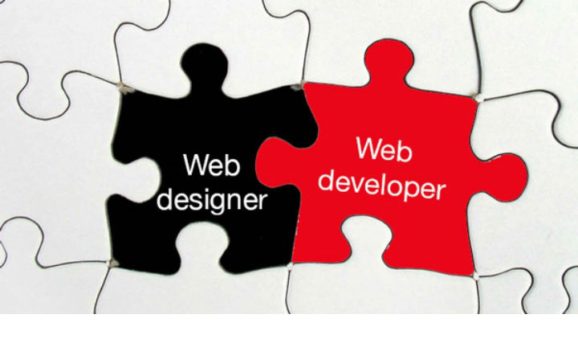Acclaim Technology is running an 8-day class called “Design Class” where few designers and developers from the company itself will share their knowledge on topics relating to designing, ranging from currents trends to tips. This an-hour-long-each session began from this past Sunday (15th of May) and scheduled to run till the 6th of June.
I was given the honor to give the first presentation of the program. My topic was ‘World of Creative Designer and Front-End Developer’. With my presentation, I hoped to delineate the common misconceptions of “designing and developing is the same thing” and motivate people to dedicate themselves in their respective fields of either designing or developing. Here’s a summary of my presentation:
-
People lump web design and web development together.
Yes, they both work for creating a visually appealing website that functions correctly but their specialization is very different.
Creative designers, or simply web designers, are architects of the web. They use graphics and design software (think Adobe Photoshop and Illustrator) to create an aesthetically appealing web. This design is then coupled with coding to bring it to digital life.
Designers may not always be person who is responsible for writing the code, and in some cases can work independently of the team who will take a website design live.
Much of a designer’s job is creative and uses both intuition and imagination, often characteristics of people who are right-brained. They have a strong knowledge on a variety of concepts including color and typography, spatial relationships, audience and improving user experience.
If web designers are architects of the web, web developers are the builders. Their job involves building the backbone of websites, typically from the foundation, and knows languages specific to the web. HTML, JavaScript, JQuery and CSS are among their tools. Developers focus on making websites with clean code and that are technically sound.

The two worlds are different but are very closely related career paths and share a common goal of solving problems on time.
-
Two Jobs with the same goals
After all that’s been said, both web designers and web developers work towards creating a website that invites and appeals to a wide range of users and solving the problem along the way on time.
For this, I suggest following the 4 P’s as stated in Mat Helme’s “Design Foundation” and they are:
- Prepare – Understand and diagnose a problem and think of a high-level solution.
- Plan – Plan out everything you need to accomplish your goals to solving that problem.
- Perform – Put your plan into action, design or develop.
- Perfect – Check if the solution has solved the problem. If not, you can review and rework using the process again.
The defined lines between designers and developers are becoming more blurred as more designers are learning codes and more developers are paying close attention to design theory. Only a very small number of people that I’ve worked with to be proficient in both design and development. In most cases, you’ll find a cocky developer that thinks his designs are the greatest thing that ever hit the Internet when, in reality, they’re mediocre at best. It’s far less common to find a designer who thinks he can code up an entire Web application.
-
Learning both is a plus but not essential
Designers can benefit from knowing some very basic development techniques and developers can enhance their own performance with some basic design education. But at the end, the roles are distinct and there aren’t many people who offer both services in one package.
In my opinion, one should try and master his own role. “Jack of all trades, master of none” has a bit of negative caveat. You might be good at a lot of stuff, but it is also unlikely that others will consider you a specialist or expert in the field. When clients want to get their website designed and made, they will always opt for the expert in that they want done. You should try and hone your skills in what your chosen profession is. Let’s say – you’re a creative designer. You need the skills at your tip of your fingers. I feel having working knowledge of developing and programming will suffice. And if you are a developer, the same applies for you too. If you can take both skills hand-in-hand, that’s great. It adds to your marketability. But doing so can be really difficult. So, focus on what you are good at and working on sharpening your skills. There’s always room for improvement.
Conclusion
Having said all that, forging strong working relationship between developers and designers will create the opportunity to fully deliver website design and implementation services to your clients. However, a challenge to getting the web design and development together – communication in a way that everyone understands. There is so much jargon on each side that it can make working together hard if words aren’t considered carefully. We can make efforts from our our ends by avoiding jargon, showing people how things should look or work instead of just telling, being broadminded, etc. can be done to bridge the communication gap.
Ultimately, you’ll be able to serve your clients better. And as we all know, happy clients are the key to a successful business.
Thusly, I concluded my presentation. Hope this helps. I have linked the slides to my presentation here.
If you have any suggestions on how to bridge the gap between web designers and web developers, please feel free to leave down below.


